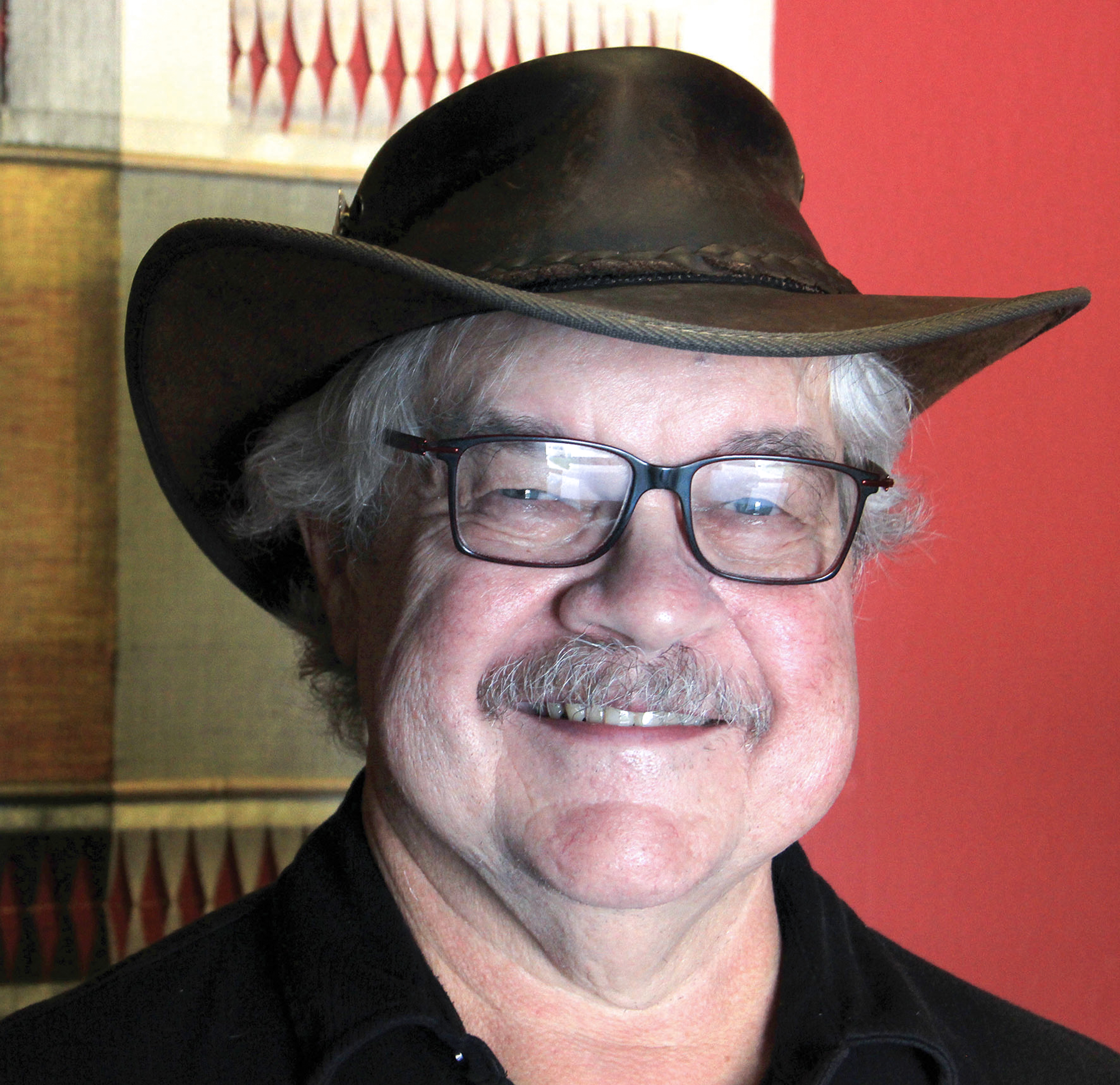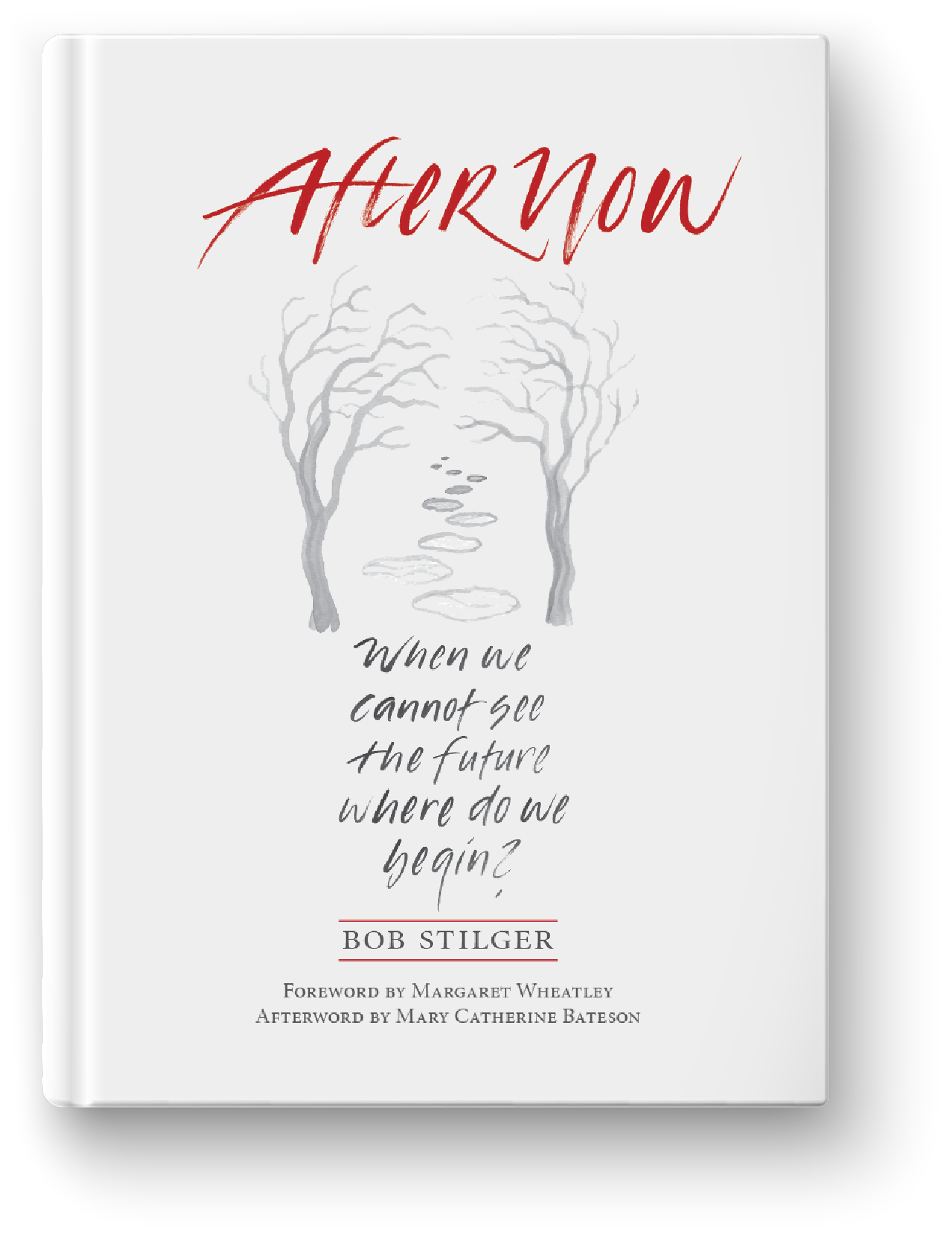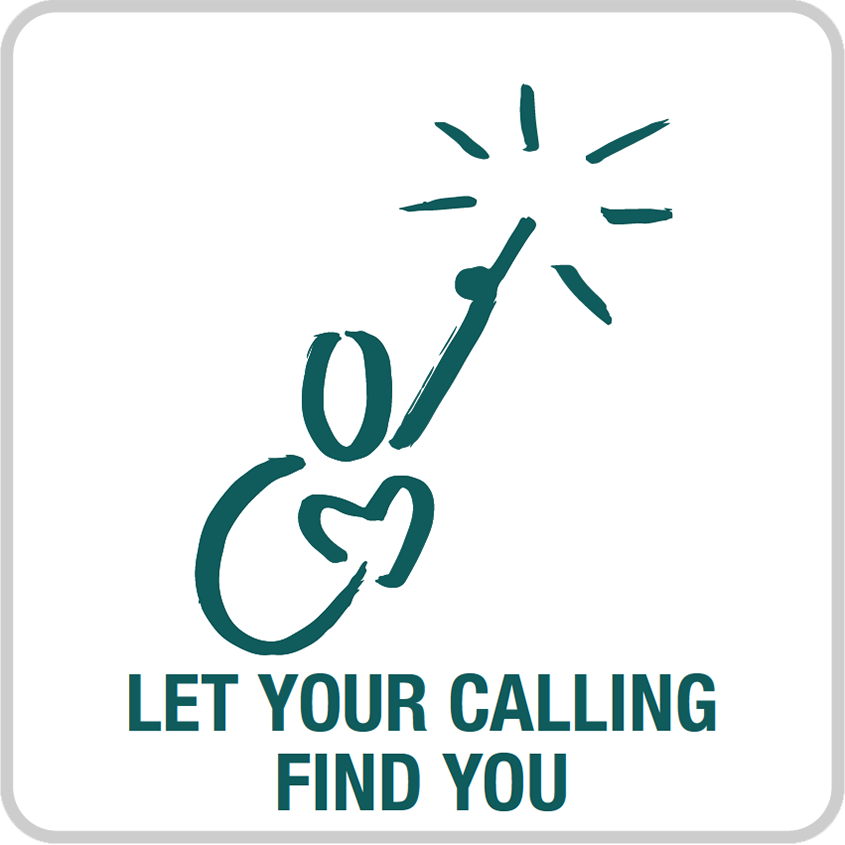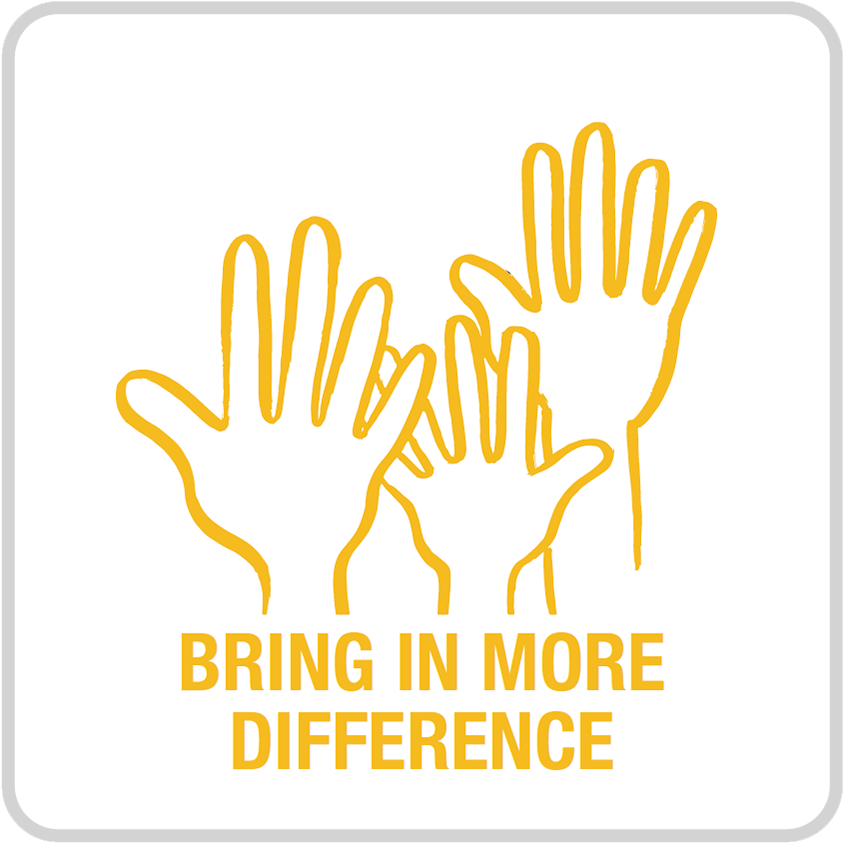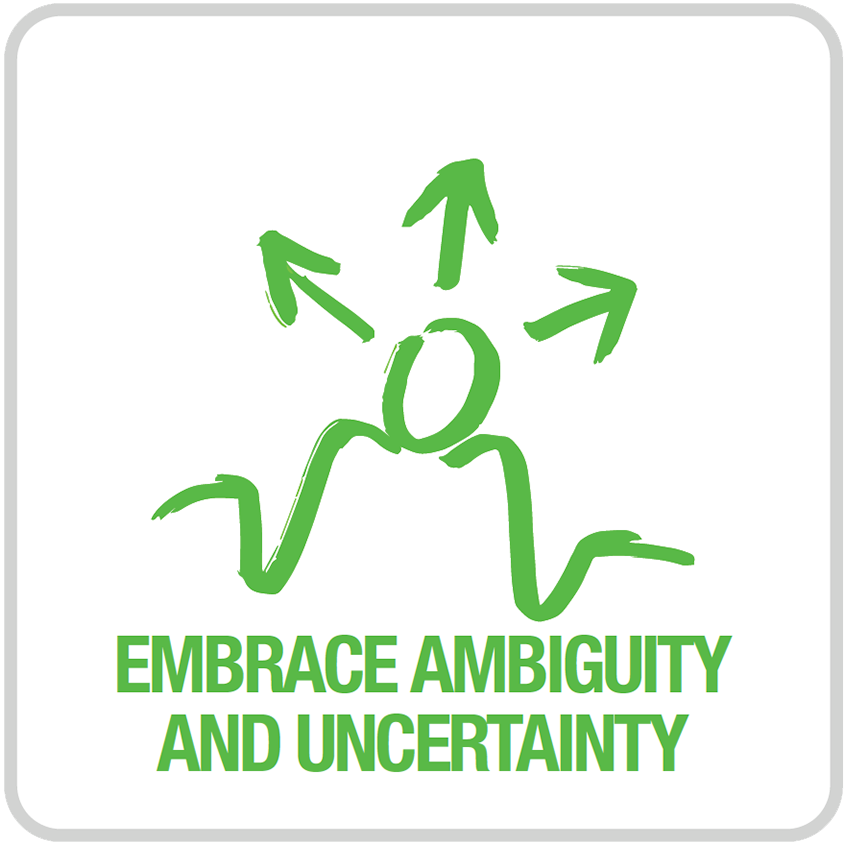AfterNow is an invitation to go ahead and create the lives and communities we want - NOW. It starts with Bob's own story about what it was like to step fully into Japan after the devastating Triple Disasters of March 11, 2011. It broadens to bring in the stories of how ordinary people across Japan -- and across the world -- find their way forward after their old normal disappears. It shares the models, tools, views and approaches Bob worked with over a five year period as he helped people create the new from a future that had disappeared,
If you have already read the book, please let us know what you thought by submitting your own review here!
Bob's Note to Readers
On the afternoon of March 11, 2011, massive, overwhelming, incomprehensible disaster struck the northeast coast of Japan. Life for those in the region would never be the same.
This book is about the awakening that follows disaster. About the minutes and hours and months and years that come after now. It is about what happens when we’re smacked on the side of the head and open our eyes, startled out of the trance in which we have been living our days. It is about the opportunities always present, often invisible, to create the lives we want, now.
Chapter 1 - Following the Thread
![]() One thread of my life began in 1970 when I spent a year in Japan and it's culture and spirituality began to inform and sculpt my life. Forty years later I was invited to bring our global work at The Berkana Institute into Japan. People wanted to learn more about life-affirming leadership, hosting conversations that mattered, and building healthy and resilient communities. This first chapter describes what I taught in 2010, and the important relationships I formed. Many of us looked back to 2010 and said spirit gave us a head start.
One thread of my life began in 1970 when I spent a year in Japan and it's culture and spirituality began to inform and sculpt my life. Forty years later I was invited to bring our global work at The Berkana Institute into Japan. People wanted to learn more about life-affirming leadership, hosting conversations that mattered, and building healthy and resilient communities. This first chapter describes what I taught in 2010, and the important relationships I formed. Many of us looked back to 2010 and said spirit gave us a head start.
Chapter 2 - Befriending Confusion
![]() I returned to Japan just weeks after the disasters. This chapter offers both a glimpse of what it was like in Japan in the beginning days and,
I returned to Japan just weeks after the disasters. This chapter offers both a glimpse of what it was like in Japan in the beginning days and,
through my journals, what it was like for me to enter into this emotionally charged, chaotic field. Many of us who had unexpectedly met in 2010 were drawn together to ask "what can we do to support people in the disaster region to create the future they want, rather than government just rebuilding the past." That inquiry set the state for my work of the next five years.
Chapter 3 - Finding AfterNow
![]() The past was obliterated, the present chaotic and the future cocooned. I stepped forward with different colleagues to organize spaces for dialogue, discovery, innovation and co-created action in the disaster area and all over Japan. These spaces and methods have many names. In Japan we call them FutureSessions; they were a key to helping people in the disaster area build new lives and people throughout the country to shape a new Japan. This chapter examines the steps, stages, and features of creating systems for transformative change.
The past was obliterated, the present chaotic and the future cocooned. I stepped forward with different colleagues to organize spaces for dialogue, discovery, innovation and co-created action in the disaster area and all over Japan. These spaces and methods have many names. In Japan we call them FutureSessions; they were a key to helping people in the disaster area build new lives and people throughout the country to shape a new Japan. This chapter examines the steps, stages, and features of creating systems for transformative change.
Chapter 4 - Reflecting and Changing Together
![]() In the beginning months and years, so much was needed just to get some stability. There was little time to pause and reflect. But by the end of 2012, it felt more and more important to sense in and talk about what was possible now in Japan, that was not possible before. Those of us who had been working non-stop began to dialog with each other about what has been shifting in Japan. For many, inside and outside of the disaster region, the Triple Disasters were a wake-up call, inviting people out of the trance of their lives and into questions about what’s important.
In the beginning months and years, so much was needed just to get some stability. There was little time to pause and reflect. But by the end of 2012, it felt more and more important to sense in and talk about what was possible now in Japan, that was not possible before. Those of us who had been working non-stop began to dialog with each other about what has been shifting in Japan. For many, inside and outside of the disaster region, the Triple Disasters were a wake-up call, inviting people out of the trance of their lives and into questions about what’s important.
Chapter 5 - New Futures Arising Everywhere
![]() From my work with Berkana in the first decade of this century I knew what was happening in Japan was unique, AND it was an expression of stories arising all over the world as people came together to build new lives and communities. Everywhere people were stepping beyond the demands and restrictions of dominant consumerist culture. I reached out to friends and colleagues in many parts of the world to share their stories in this chapter. The patterns are the same: we turn to each other, we decide what's important; we use what we have to take first steps.
From my work with Berkana in the first decade of this century I knew what was happening in Japan was unique, AND it was an expression of stories arising all over the world as people came together to build new lives and communities. Everywhere people were stepping beyond the demands and restrictions of dominant consumerist culture. I reached out to friends and colleagues in many parts of the world to share their stories in this chapter. The patterns are the same: we turn to each other, we decide what's important; we use what we have to take first steps.
Chapter 6 - Walking the Long Road Together
![]() After people are housed and fed, after the roads are repaired and the trains are running, after businesses are reopening, we're barely at the starting line. Even while disaster cracks open past assumptions, it's a long road to building a different tomorrow. In this chapter, I describe the models and views I introduced across Japan as we walked the long road together. In FutureSessions and workshops and planning retreats, I pulled from experiences around the world to offer people different ways to see future possibilities.
After people are housed and fed, after the roads are repaired and the trains are running, after businesses are reopening, we're barely at the starting line. Even while disaster cracks open past assumptions, it's a long road to building a different tomorrow. In this chapter, I describe the models and views I introduced across Japan as we walked the long road together. In FutureSessions and workshops and planning retreats, I pulled from experiences around the world to offer people different ways to see future possibilities.
Chapter 7 — Discovering Right Action
![]() Having the new ways to see into AfterNow are important, but what comes next? How do we move from talk to right action? In this chapter, I introduce additional tools and ideas. In my teaching, I turned regularly to Theory U, Active Hope and the Cynefin framework to offer well documented processes for stepping into action. Theory U reminds us to open mind, heart and will. Active Hope turns our grief into fuel. Cynefin reminds us different domains. These 3 models provide a scaffolding that let's us place the situations we face in a larger context.
Having the new ways to see into AfterNow are important, but what comes next? How do we move from talk to right action? In this chapter, I introduce additional tools and ideas. In my teaching, I turned regularly to Theory U, Active Hope and the Cynefin framework to offer well documented processes for stepping into action. Theory U reminds us to open mind, heart and will. Active Hope turns our grief into fuel. Cynefin reminds us different domains. These 3 models provide a scaffolding that let's us place the situations we face in a larger context.
Chapter 8 — Creating a Future Together
![]() In FutureSessions and in cars and trains and open fields, people shared their personal stories of how they found their way forward after the disasters. I began to see that these were archetypal stories, stepping stones into an unknowable future. They illustrate how we, as human beings, have an extraordinary capacity to create the new, NOW. For some, disaster is a catalyst for these journeys into the hidden wholeness of our lives. These stories, and the path they reveal, may give you some clues about your own journey forward.
In FutureSessions and in cars and trains and open fields, people shared their personal stories of how they found their way forward after the disasters. I began to see that these were archetypal stories, stepping stones into an unknowable future. They illustrate how we, as human beings, have an extraordinary capacity to create the new, NOW. For some, disaster is a catalyst for these journeys into the hidden wholeness of our lives. These stories, and the path they reveal, may give you some clues about your own journey forward.
Chapter 9 — WhatNow
![]() Disaster changes everything and it changes nothing. It’s a blip in time when the old is cracked open and new light begins to shine. But working in that light takes a lifetime, not just a couple of years. People keep asking me what's happening in Japan now. There's no single answer. Its messy, complicated and confusing. It is a story in progress, one with many endings and many beginnings. In this chapter, I share a bit of what is happening in three places -- Itatemura in Fukushima Prefecture, and Onagawa and Ishinomaki in Miyagi Prefecture.
Disaster changes everything and it changes nothing. It’s a blip in time when the old is cracked open and new light begins to shine. But working in that light takes a lifetime, not just a couple of years. People keep asking me what's happening in Japan now. There's no single answer. Its messy, complicated and confusing. It is a story in progress, one with many endings and many beginnings. In this chapter, I share a bit of what is happening in three places -- Itatemura in Fukushima Prefecture, and Onagawa and Ishinomaki in Miyagi Prefecture.
Chapter 10 — Living in the Messy Middle
![]() As I've reflected on my time in Japan, and talked with people around this lovely planet about what we've been learning, I've come to see that we're in the messy middle. The old is not gone. The new is not yet born. Many of us, in our own lives, are trying to find something -- even when we don't exactly know what it is. It is imperative that we learn how to stand in this messiness, not collapse into it, and to trust that with each other right action will be clear. This chapter is my invitation to you, and to me, to continue to find the steps forward.
As I've reflected on my time in Japan, and talked with people around this lovely planet about what we've been learning, I've come to see that we're in the messy middle. The old is not gone. The new is not yet born. Many of us, in our own lives, are trying to find something -- even when we don't exactly know what it is. It is imperative that we learn how to stand in this messiness, not collapse into it, and to trust that with each other right action will be clear. This chapter is my invitation to you, and to me, to continue to find the steps forward.
Chapter 11 — Voices From My Larger Community
![]() When I finished writing AfterNow, I reached out to friends and colleagues for review comments that I might use on the book or on this website. As they started to come in, I realized they were a central part of the book itself. In the 11th hour, these comments became the 11th chapter. I am the author of this book, not the creator of the ideas presented. They have been co-created in community. These voices help to unpack the messages of AfterNow and make visible the social field in which this book has been created.
When I finished writing AfterNow, I reached out to friends and colleagues for review comments that I might use on the book or on this website. As they started to come in, I realized they were a central part of the book itself. In the 11th hour, these comments became the 11th chapter. I am the author of this book, not the creator of the ideas presented. They have been co-created in community. These voices help to unpack the messages of AfterNow and make visible the social field in which this book has been created.
Foreword / Afterword
The book begins with a insightful Foreword and ends with a thoughtful Afterword written by dear friends and colleagues. Meg Wheatley’s Foreword - Turning to One Another - examines what it means to live in a time of collapse. Mary Catherine Bateson’s Afterword - Toward a Common Future - reminds us of the nature of these times in which we live. I am honored to be surrounded by these dear sisters. A section of Additional Resources, including bibliography ends the book.
Practices for Enspirited Leadership
These six practices are the foundation of Enspirited Leadership
The Author
Bob Stilger, PhD, wrote AfterNow because we’re the ones who must step forward to create the lives and communities we want, now. Over the last seven years, Bob has worked and learned in Japan where people are creating a “new normal” after the devastating Triple Disasters – earthquake, tsunami and nuclear explosions – of March 11, 2011. We don’t have to wait for disasters to begin. Bob has spent his life learning with people all over the world about how we can create the lives we want, together. A student of social change, leadership and community building, Bob listens for the patterns, practices and actions that give birth to a life-affirming future.
You can read about Bob's longer story of entering into Japan's disasters here.
